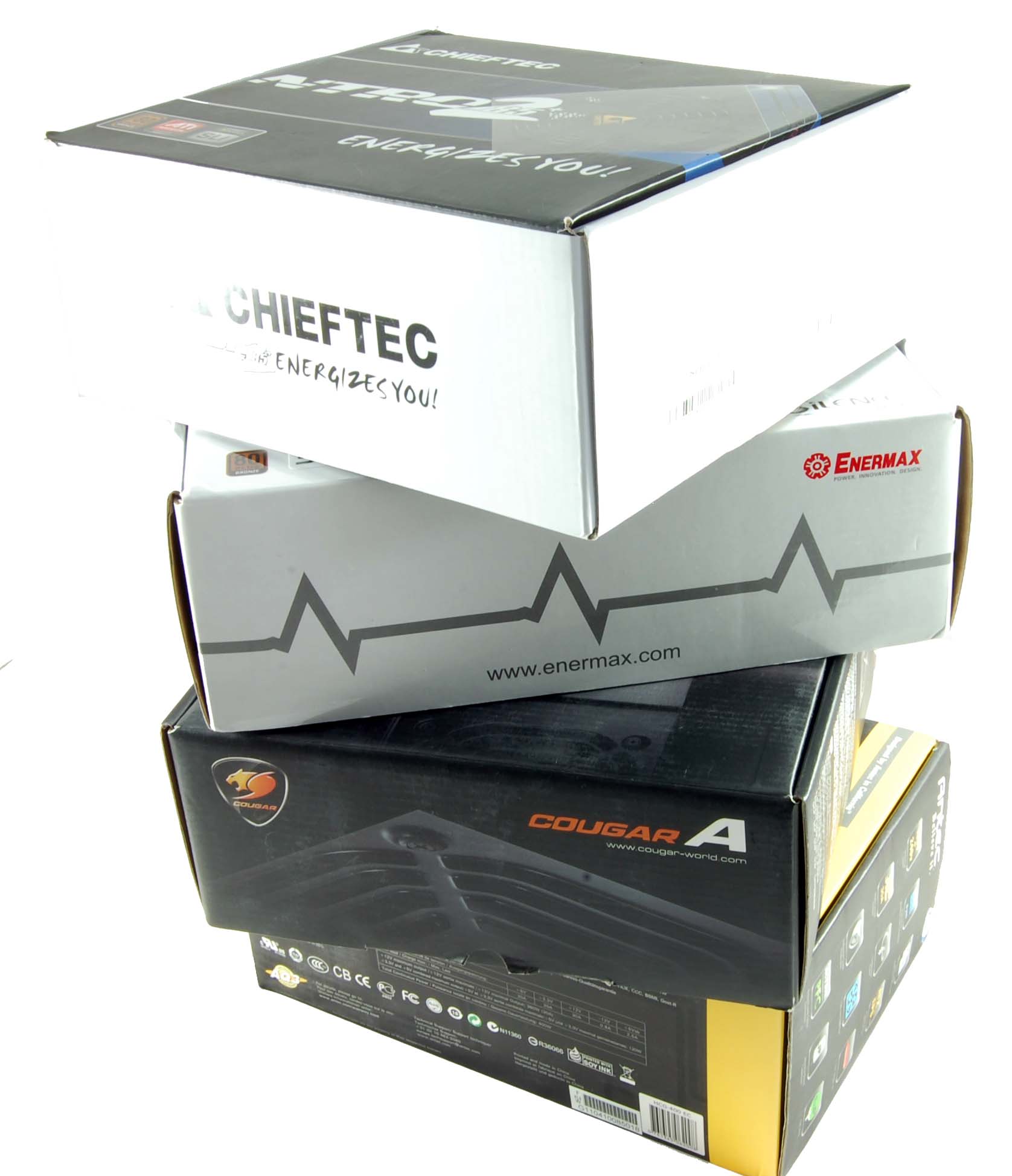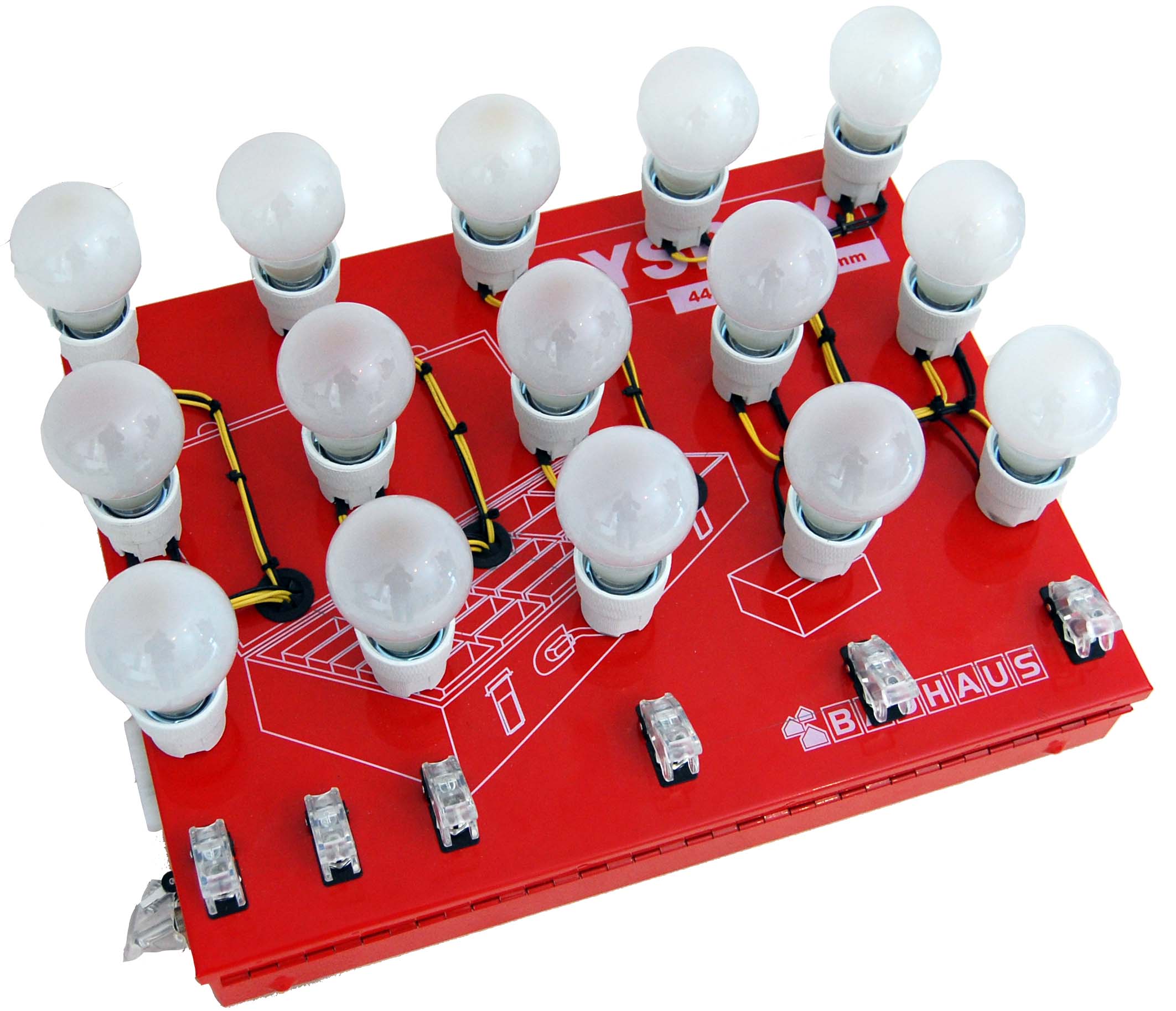Part 1: Four Cheap 80 PLUS Bronze Power Supplies, Reviewed
Power supply manufacturers condition us to think that efficiency is the one variable you need to pay the most attention to. But we have a suite of tests that more thoroughly taxes PSUs. Can these four inexpensive units under $70 make it through unscathed?
High-Efficiency Power Supplies At A Fair Price
While we all love the latest, greatest, and fastest hardware, it's just as important to us that the more affordable, accessible components perform well. Today is the first story in a two-part series where we round-up power supplies you might find in the bargain bin of your favorite online store. We asked each vendor to send us samples with 80 PLUS Bronze ratings or better, selling between $45 and $70.
In this piece, we have power supplies from Antec, Chieftec, Cougar, and Enermax. The second part will include Cooler Master, Gigabyte, OCZ, and Seasonic.
This time around, we're looking at output ratings ranging from 350 W (Cougar A350) to 550 W (Chieftec Nitro 2). Each of the four models features an 80 PLUS Bronze rating, which means that they should all achieve at least 82% efficiency at 100% and 20% load, and 85% efficiency at medium load.
Unfortunately, not all of these units are available in the U.S., which makes price comparisons difficult. The Antec HCG-400 goes for around $45 though, which is pretty reasonable for a 400 W power supply.
Updates to Our Testing Methodology
Based on reader feedback, we're including acoustics in our testing suite. You'll see us do this moving forward, employing three load levels: 40 W as a simulation of an idle PC or a system engaged in light office work, 200 W for a medium-grade gaming PC, and 600 W for a high-end gaming PC. When 600 W is more than the maximum allowable combined load on the PSU’s 12 V rail or rails, we skip this test and make do with the other ones.
In order to simulate various loads, we built a test rig consisting of fifteen 12 V/40 W light bulbs. Thus, we can apply any load from 40 W to 600 W to the 12 V rail of a power supply, and it's guaranteed to incur no phase shift, since the load is neither inductive nor capacitive. As DC-powered light bulbs are perfectly silent, this is also a good way to measure sound levels without a lot of ambient background noise. We measured sound levels a foot away from each PSU's fan, and gave the power supplies 30 minutes to achieve an equilibrium after setting a new load level.
Get Tom's Hardware's best news and in-depth reviews, straight to your inbox.
A Brief Remark about a Measurement Anomaly
All of the PSUs in this round-up exhibited a strange phenomenon during the ripple and noise test, which baffled us. They showed a strikingly similar pattern of spikes on the oscilloscope screen during the ripple test, causing all PSUs to fail that metric. Typically, this would lower each power supply's score. But because we knew it'd be unlikely for every make and model to suffer from the same design or manufacturing defect, we took a closer look at our test setup. We even asked Enermax and be quiet! to help us troubleshoot the issue with their equipment. The spikes didn't happen in either vendor's lab. So, after examining our test equipment, our cabling, and our test methodology, we were finally able to explain this annoying issue.
Recently, we swapped out the Tektronix DPO3034's probes with newer and supposedly higher-quality replacements. As soon as we switched back to the old probes, the spikes disappeared. It'd be natural to suspect that the new probes are defective. However, we've tested higher-end PSUs like Corsair's AX1200i with the new and old probes, and never saw any spikes.
After testing and retesting, we concluded that the brief spikes are real and are not caused by faulty test equipment. In fact, they could be caused by the probes having a wider bandwidth range. We deem them irrelevant to judging these PSUs, and we're disregarding them as we evaluate ripple voltage, though our screen shots and benchmark analysis do document them. After all, it's conceivable that even short spikes degrade or even damage some PSU components over time.
Current page: High-Efficiency Power Supplies At A Fair Price
Next Page Antec HCG-400-
InvalidError Reply
Some Chinese OEMs put rocks, small concrete blocks, lumps of steel or other stuff like that disguised as a transformer with bits of wire that aren't connected to anything to trick people into believing their heavier PSUs are better.11435905 said:always judge a power supply by its weight.
So weight alone is not a reliable indicator.
Also, at high frequencies and high efficiencies, the size of inductors, capacitors, transformers and heatsinks along with the associated weight shrink. While light weight and high quality may rarely be seen together, they certainly are not mutually exclusive. -
dudewitbow Reply11435841 said:no love for the EVGA 500B?
a good chunk of Tom's physical hardware reviews generally are conducted in europe. This goes for a good handful of the gpu tests as well. EVGA rarely ever shows up on review sites because of it(and possibly due to lack of EVGA response to a hardware review pitch)
-
computer_nugget2 Reply11435944 said:
Some Chinese OEMs put rocks, small concrete blocks, lumps of steel or other stuff like that disguised as a transformer with bits of wire that aren't connected to anything to trick people into believing their heavier PSUs are better.11435905 said:always judge a power supply by its weight.
So weight alone is not a reliable indicator.
Also, at high frequencies and high efficiencies, the size of inductors, capacitors, transformers and heatsinks along with the associated weight shrink. While light weight and high quality may rarely be seen together, they certainly are not mutually exclusive.
do you have pics to prove this?
-
envy14tpe This is PART 1. Which means more PSUs to come, so let's hope for no dumb comments asking why not this PSU or this one...Reply -
jimmysmitty Reply11436142 said:This is PART 1. Which means more PSUs to come, so let's hope for no dumb comments asking why not this PSU or this one...
They have already listed the PSUs for part 2 and I didn't see a part 3 listed. I wonder where the Corsair CX430 is. Its a 85+ Bronze PSU and is $39.99 on Egg right now. Its one of the best entry level PSUs I have actually used as well and compared to other PSUs at the same price point or higher (within 550W and may or may not be 80+ at all) I have seen less of them come back bad. -
razor512 Reply11435905 said:always judge a power supply by its weight.
While weight is an important factor, overall weight is 100% useless
for example check out the SIGMA SHARK SP-635
http://www.ocia.net/reviews/sigma635/page2.shtml
it is probably one of the heaviest power supplies you will find (with the exception of some of the 1200 watt ones)
I purchased it a while back and was disappointed at the internals. they used an insanely thick case that made the power supply weigh a lot but the insides were were the result of the owner of the company asking while walking around china, what are the cheapest items we can find on the shenzhen market today.
(at least the power supply can double as a flail or a boat anchor) -
pyro226 Hoping to see the CX430 and other corsairs reviewed. I like the little thing since it powers my PC. :D It originally rang a bit when the computer was suspended or at random after a few hours of use, but that went away with age.Reply

